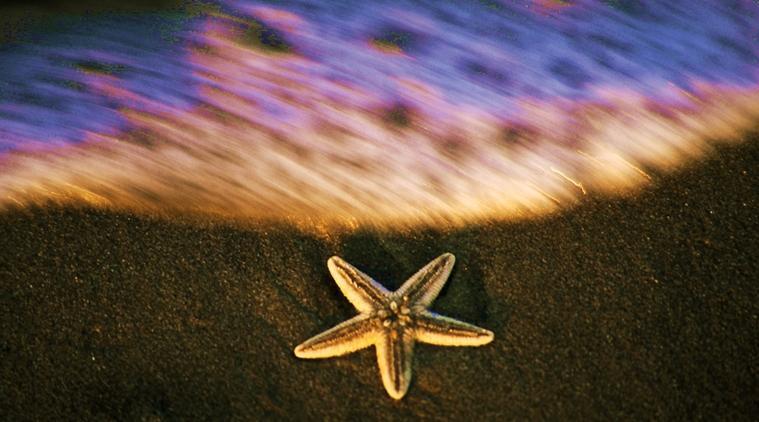
Cause of Mysterious Disease that Killed 5 Billion Starfish Revealed
For over a decade, scientists have been baffled by a mysterious disease that has been ravaging starfish populations along North America’s Pacific coast. The disease, known as Sea Star Wasting Disease, has been responsible for the deaths of over five billion sea stars, leaving a trail of destruction in its wake. But finally, after years of research and investigation, scientists have made a breakthrough in identifying the cause of the disease.
According to a recent study published in the journal Nature, the bacterium Amoebophila infection, also known as Amoebophila protein A (Apa), has been identified as the culprit behind the devastating epidemic. The discovery was made by a team of researchers from the University of California, Santa Cruz, and the University of Oregon, who analyzed tissue samples from dead sea stars.
The disease, which was first detected in 2013, causes sea stars to grow lesions, leading to a gradual disintegration of their bodies. The affected sea stars often display a range of symptoms, including white or yellowish patches on their skin, and the eventual loss of their arms. The disease is highly contagious and can spread rapidly through sea star populations.
The researchers analyzed tissue samples from dead sea stars that no longer contained fluid that surrounds their organs, known as coelomic fluid. They found that the bacteria were present in high concentrations in the affected tissue, indicating that they were likely the cause of the disease.
Dr. Julia Baum, a marine biologist at the University of California, Santa Cruz, and lead author of the study, explained the significance of the discovery. “This is a major breakthrough in understanding the cause of Sea Star Wasting Disease. We’ve been working on this problem for over a decade, and it’s been a real challenge to identify the culprit behind this devastating epidemic.”
The researchers used a combination of techniques, including DNA sequencing and microscopy, to identify the bacteria. They found that the bacteria were present in all of the affected sea stars they sampled, and were absent in healthy sea stars.
The discovery of the bacteria as the cause of the disease is a significant step forward in understanding the epidemic. It opens up new avenues for research and potential treatments for the disease.
Dr. Baum noted that the discovery also raises important questions about the impact of the disease on the ecosystem. “Sea stars play a crucial role in maintaining the balance of their ecosystems, and the loss of such a large number of individuals is likely to have significant impacts on the entire ecosystem. We need to continue to study the effects of this disease and work to develop effective management strategies to mitigate its impacts.”
The study’s findings also have implications for our understanding of the dynamics of disease in marine ecosystems. The discovery of a previously unknown bacterium as the cause of the disease highlights the complexity and diversity of marine ecosystems, and the need for continued research and monitoring to understand and manage the health of these ecosystems.
In conclusion, the discovery of the bacterium Amoebophila protein A (Apa) as the cause of Sea Star Wasting Disease is a major breakthrough in understanding this devastating epidemic. The study highlights the importance of continued research and monitoring of marine ecosystems, and the need for effective management strategies to mitigate the impacts of disease on these ecosystems.






